What is the difference between AI and algorithm?
While both algorithms and artificial intelligence are crucial computing tools, their functions are distinct. An algorithm is a collection of guidelines that instructs a computer on what to do. It can be as straightforward as adding two numbers together or as intricate as figuring out a challenging mathematical problem.
An AI is a computer program that has the capacity to learn and decide for itself. It can accomplish this through pattern recognition in data analysis or by making decisions using algorithms. Because they enable AI to learn and perform better, algorithms are crucial.
But it’s also possible to program an AI to carry out particular tasks without having to comprehend them. Numerous other applications, including data mining, search engines, and machine learning, also depend heavily on algorithms.
To avoid AI detection, use Undetectable AI. It can do it in a single click.
Table of Contents
AI
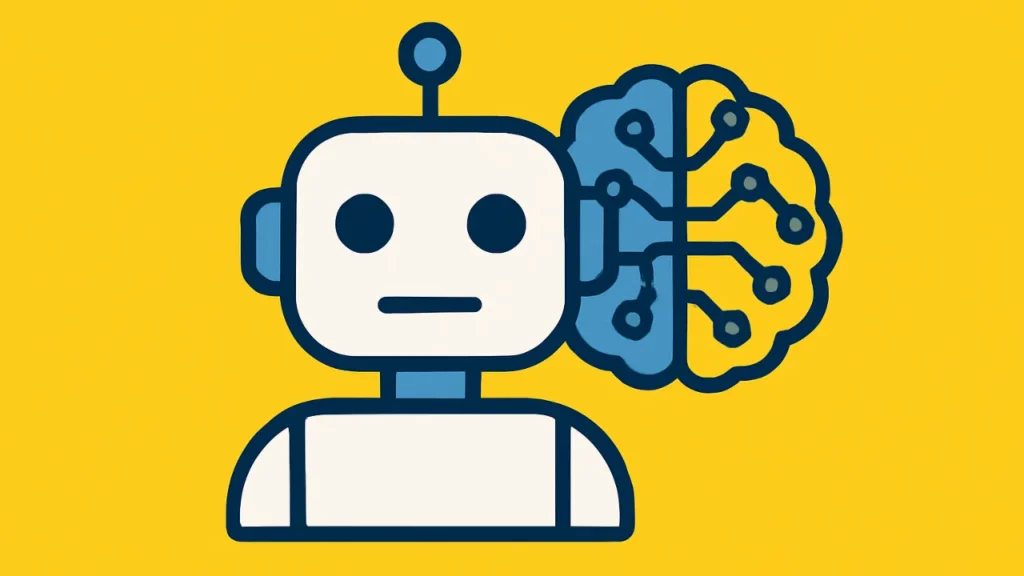
Making a computer capable of making decisions for itself is referred to as artificial intelligence. There are a number of ways to accomplish this, but machine learning is the most popular.
AI in the form of machine learning enables computers to learn from data without explicit programming. Machine learning looks for patterns in data and uses those patterns to calculate a result. The use of AI has many different applications.
Common uses include the following:
Autonomous Vehicles
One excellent illustration of how AI can be applied to improve human life is autonomous cars. We can lower the number of accidents on the road by enabling cars to make their own decisions.
Deep learning is the process that makes this possible. Compared to traditional machine learning, deep learning enables the computer to learn from data that is far more complex. This enables the computer to recognize patterns that are too intricate for people to perceive.
Fraud Detection
By searching for trends in financial data, artificial intelligence (AI) can be used to identify fraud. AI can assist in preventing fraud by examining previous transactions and searching for odd trends.
Speech Recognition
Transforming spoken words into text is referred to as speech recognition. The process known as natural language processing makes this possible. A form of machine learning identified as natural language processing enables computers to comprehend human speech.
Applications that can comprehend our speech can be developed through the use of natural language processing. Voice recognition and chatbots are two applications that benefit from this.
Forecasting the Behavior of Customers
By examining data from social media and online merchants, artificial intelligence (AI) can be used to forecast customer behavior. We can learn more about what consumers might purchase in the future by analyzing how they engage with brands online. Businesses who want to focus their advertising efforts will find this helpful.
Healthcare
AI has applications in healthcare, including disease diagnosis, patient outcome prediction, and treatment plan personalization. We can discover new treatments for diseases and gain a better understanding of how they function by employing machine learning.
The use of AI in our daily lives is rapidly growing. It’s critical to comprehend its operation and the various uses for which it can be applied. We can benefit from all of AI’s advantages if we understand it.
Algorithm
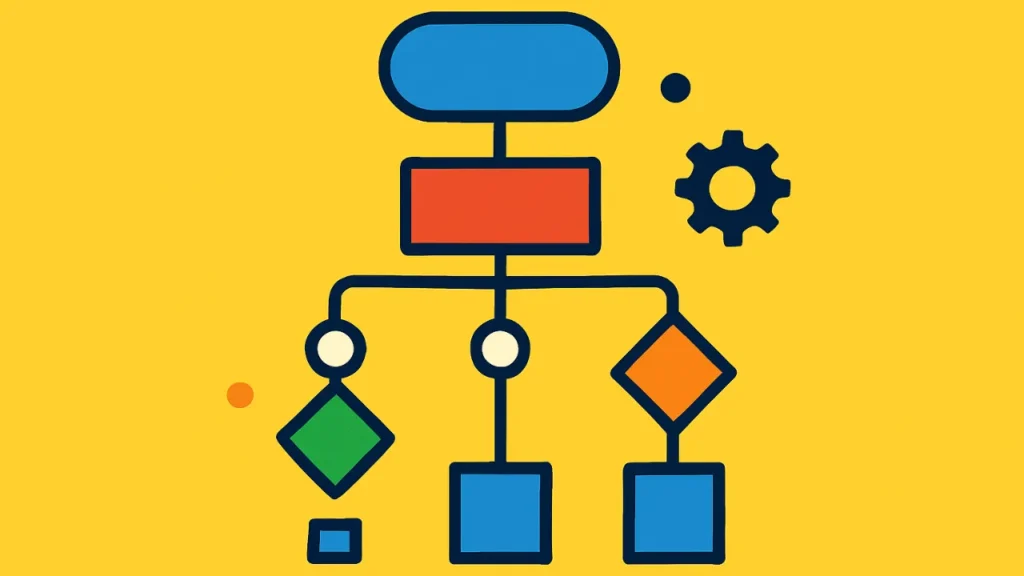
An algorithm is a set of guidelines used to accomplish a task. They cannot learn from data and are not as autonomous as AI. Usually, algorithms are used to find the shortest path between two points or to sort data.
The majority of software-based AI systems are either straightforward or intricate algorithms that act as variable inputs and produce a result. They can only adhere to their outputs, but this type of intricate algorithm can produce thousands of outputs.
Because they enable us to automate processes and make decisions, algorithms are crucial. A sorting algorithm, for instance, can arrange a list of items in a particular order. This can be useful for tasks like figuring out the shortest route between two points on a map or organizing your email inbox. There are multiple types of algorithms.
Typical varieties include:
Sequential
Sequential algorithms are those that operate in a particular order. They are frequently employed when tasks, like data sorting, must be finished in a specific order.
Parallel
Algorithms with parallel execution capabilities can be used concurrently. Because of this, they are perfect for tasks that can be broken down into smaller components, such as the search for an item on a list.
Greedy
Greedy algorithms are those that, at any given moment, always select the optimal option. This frequently results in the best solution available, but if the best solution is not required, it may also cause issues.
Dynamic Programming
Algorithms of the dynamic programming type compute new values based on previously determined values. As a result, less time and processing power may be required to finish a task.
Pros and Cons of AI
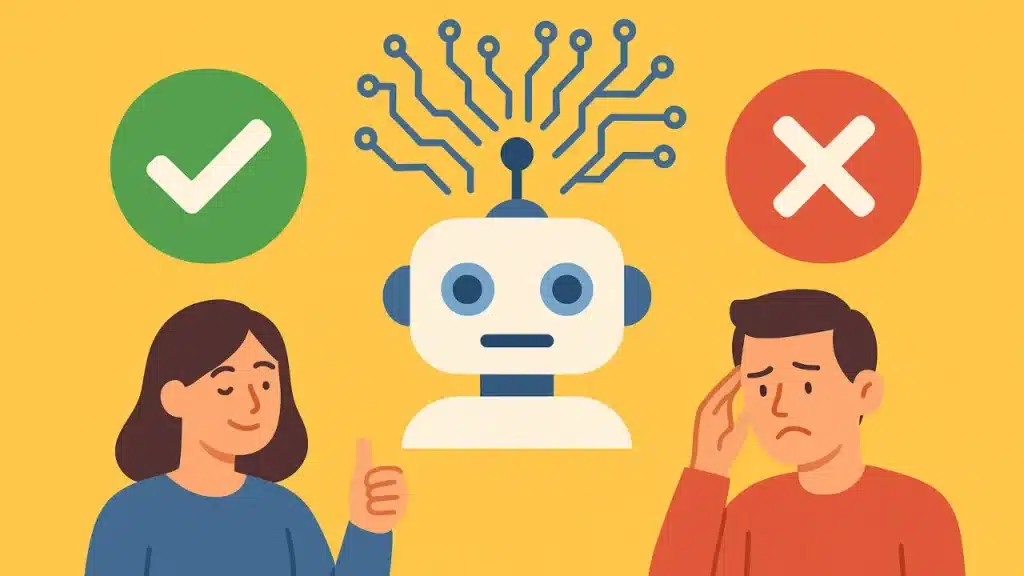
Numerous processes can be made more efficient with AI. By automating tasks, increasing the efficiency of procedures, and even learning things from our daily lives that we might not notice, artificial intelligence (AI) can simplify our lives.
AI is also capable of scanning vast amounts of data and using that data to quickly make decisions for any new situation by looking at past patterns. AI systems are able to “adapt” to data that hasn’t been seen before and make decisions “without requiring new code to be written.” AI systems typically require a lot of resources to operate.
The primary drawback of AI techniques is that they frequently need a large amount of data and upfront processing power (for training models) to get going, or at the very least, previously categorized data, which can be costly and difficult to acquire.
Furthermore, despite the fact that AI makes life easier, one of its “pitfalls” is that it frequently employs “black box” methods. These techniques naturally tend to reinforce and magnify biases in the data regarding racial, gender, and educational characteristics.
It turns out that AI is also prone to exhibiting shady tendencies and is unable to distinguish between political, social, and occasionally even objective correctness and incorrectness.
When it comes to consumer finance products like credit cards, loans, or insurance, AI consistently disadvantages women, African-Americans, and other racial minorities.
If AI is left to its own devices, it may result in costly legal infractions, brand damage, business practices that go against the company’s corporate values, and compliance requirements that are broken.
AI [at the moment] is incapable of original thought. It doesn’t have an answer [to] novel, particular situations; it only acts on data that has already been collected.
Pros and Cons of Algorithms
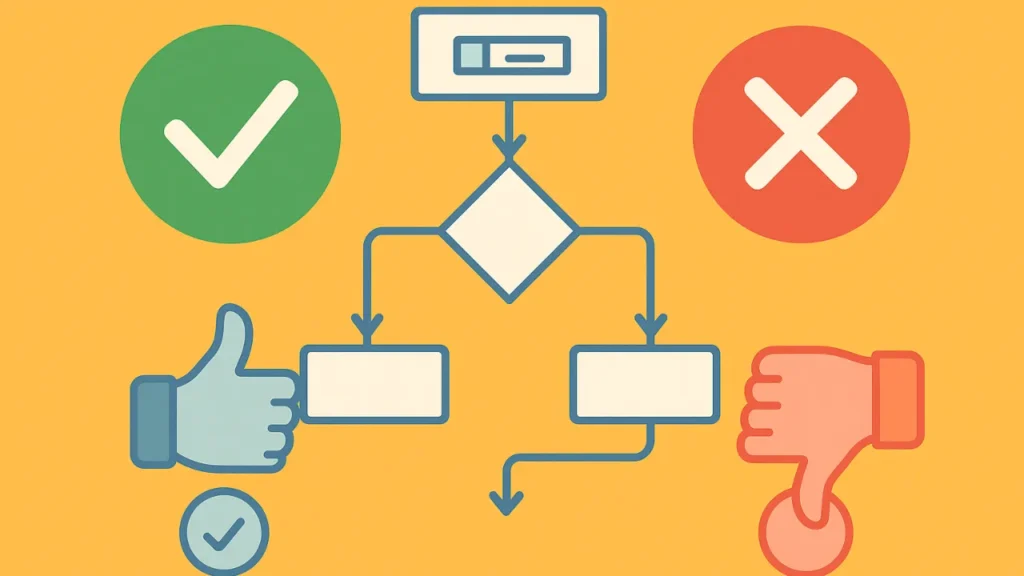
Compared to their AI counterparts, algorithms provide greater control and transparency. From straightforward business rules to extremely intricate decision engines, traditional algorithms necessitate a higher level of data scientist participation for tuning, maintenance, and recalibration.
They therefore provide more control and transparency than AI that operates in autopilot mode. Greater control entails greater responsibility.
The algorithm lacks common sense and is unaware of things that are obviously incorrect to us because the program does not comprehend them, so the programmer must include all rules and regulations for the algorithm to function correctly.
To create an algorithm, you won’t need data, but for it to function well, it must have extremely detailed and well-defined action plans.
Best Use Cases for AI and Algorithms
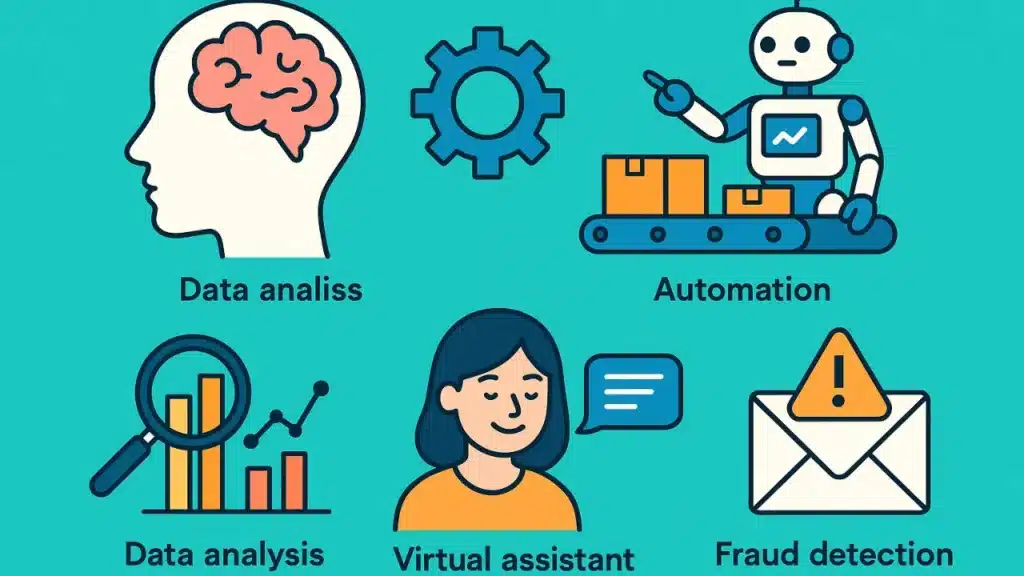
The AI approach will be most effective if it satisfies the following requirements:
- In situations where speed is crucial, the cost of making slow decisions is high.
- The cost of making poor choices is minimal.
- The amount of data is too large for conventional algorithms or manual analysis.
- Explainability is less significant than prediction accuracy.
- There are fewer regulatory requirements.
AI applications are ideally suited for use cases involving customer service, marketing campaigns, targeted advertising, product recommendation, and predictive maintenance.
The following criteria were suggested regarding algorithms:
- Slow decisions don’t come at a high cost.
- Making poor choices has a high cost.
- The size of the data is small, or at least not excessive.
- Explainability is essential.
- The industrial environment is heavily regulated.
Applications in credit risk, claims processing, and insurance underwriting strongly encourage the use of algorithms that are closely monitored by data and decision scientists.
Conclusion: Difference Between AI and Algorithms
This is the fundamental difference between AI and algorithms. An algorithm will always produce the same output for a given input, but artificial intelligence (AI) can alter its outputs in response to new inputs.
While algorithms are usually used to sort data or determine the shortest path between two points, artificial intelligence (AI) can be used for tasks like classification and regression. We hope this clears up any misunderstanding you may have had regarding algorithms and artificial intelligence.
FAQs: Difference Between AI and Algorithms
What is the difference between AI and algorithm?
The key difference between AI and algorithm lies in their functionality. An algorithm is a set of instructions for solving a problem, while AI refers to systems designed to perform tasks that typically require human intelligence. AI often uses algorithms to process data and make decisions.
How do AI algorithms work?
AI algorithms work by utilizing training data to learn patterns and make predictions. These algorithms can be categorized into types such as supervised learning, unsupervised learning, and reinforcement learning, each with its unique approach to learning from experience.
What are examples of AI applications?
Examples of AI applications include natural language processing, search engines, and predictive analytics. These applications often employ machine learning algorithms to automate tasks without human intervention.
Can AI and algorithms be used interchangeably?
While AI and algorithms are often used interchangeably, they are not the same. Algorithms are the foundational set of rules or instructions, whereas AI encompasses a broader range of technologies aimed at mimicking human intelligence.
What is a learning algorithm?
A learning algorithm is a type of algorithm that enables machines to learn from data. This includes supervised learning algorithms that use labeled data, unsupervised learning algorithms that work with unlabeled data, and reinforcement learning algorithms that learn from the consequences of actions.
What is a neural network?
A neural network is a complex algorithm inspired by the human brain that is designed to recognize patterns in data. It is often used in deep learning, a subset of AI that employs multiple layers of processing to analyze various aspects of data.
How does AI technology differ from traditional algorithms?
AI technology often incorporates advanced algorithms like those used in machine learning and deep learning, allowing for more sophisticated analysis and decision-making capabilities compared to traditional algorithms that follow a fixed set of instructions.
What role does training data play in AI?
Training data is crucial for AI systems as it provides the examples needed for learning. The quality and quantity of training data directly influence the performance of AI algorithms, impacting their ability to make accurate predictions.
How can AI boost average profitability?
AI can boost average profitability by automating tasks, optimizing processes, and providing insights derived from data analysis, which allows businesses to make informed decisions with minimal human intervention.
Read Also >>> Generative AI Applications in 2025


